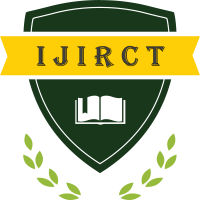Chalcogenides by Design: Functionality through Metavalent Bonding and Confinement
Author(s): Sudhir Kumar Mishra
Publication #: 2101002
Date of Publication: 19.01.2021
Country: India
Pages: 6-46
Published In: Volume 7 Issue 1 January-2021
DOI: https://doi.org/10.5281/zenodo.7514262
Abstract
A unified picture of different application areas for incipient metals is presented. This unconventional material class includes several main-group chalcogenides, such as GeTe, PbTe, Sb2Te3, Bi2Se3, AgSbTe2 and Ge2Sb2Te5. These compounds and related materials show a unique portfolio of physical properties. A novel map is discussed, which helps to explain these properties and separates the different fundamental bonding mechanisms (e.g., ionic, metallic, and covalent). The map also provides evidence for an unconventional, new bonding mechanism, coined metavalent bonding (MVB). Incipient metals, employing this bonding mechanism, also show a special bond breaking mechanism. MVB differs considerably from resonant bonding encountered in benzene or graphite. The concept of MVB is employed to explain the unique properties of materials utilizing it. Then, the link is made from fundamental insights to applicationrelevant properties, crucial for the use of these materials as thermoelectrics, phase change materials, topological insulators or as active photonic components. The close relationship of the materials’ properties and their application potential provides optimization schemes for different applications. Finally, evidence will be presented that for metavalently bonded materials interesting effects arise in reduced dimensions.
Keywords: Metavalent Bonding, Chalcogenides Thermoelectric, Atom, Probe Tomography, Ferroelectric Transition, Metal induced Crystallization, Carbon doping
Download/View Count: 306
Share this Article
